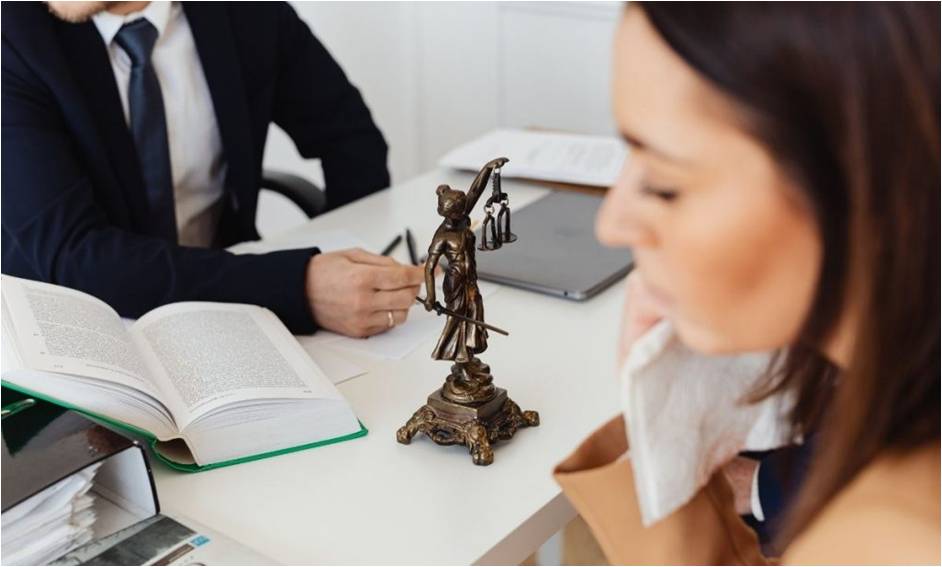
Personal injury lawsuits are legal actions taken by the victim who has sustained injury or harm due to the intentional acts or negligence of others. Keep in mind that filing a personal injury lawsuit is challenging. So, it is important to know how to file a personal injury claim.
As a victim, you may want to hold liable parties accountable, get justice, and pursue compensation for your suffering. Then, get ready to learn about filing a personal injury lawsuit against the negligent party. This article will give you step-by-step instructions on filing a personal injury lawsuit.
Here are the steps that you need to take to file a personal injury lawsuit:
Filing the Complaint
The first thing that you need to do is file a complaint with the court for a personal injury lawsuit within the deadline. After an incident occurs, the lawsuit should be filed within the statute of limitations of your state.
The complaint basically covers information such as:
- Names of the negligent parties involved
- Description of the injuries suffered
- Explanation of the legal basis for seeking fair compensation
- The total amount of damages expected
Notifying the Defendant
After the complaint has been filed, it should be served on all the defendants (negligent parties). This includes issuing legal documents to defendants based on the specific rules and regulations recognized by the courts.
It is necessary to notify the defendant, as it helps you overcome dismissal or delays in your personal injury case.
Discovery Phase
The plaintiff and the defendant must take part in the discovery phase. It allows legal representatives from both sides to collect evidence and exchange relevant information about the personal injury case. The discovery phase involves:
- Depositions: Oral testimony given under oath by experts, witnesses, or parties involved.
- Interrogatories: Questionnaires that both parties should answer honestly under penalty of perjury.
- Requests for Documents: Formal requests asking negligent parties to submit documents.
With the assistance of a personal injury attorney, you can find out the facts of your case and build stronger arguments to support your claim.
Preparing for Trial
With all the evidence collected in the previous stages, your attorney will present the case to the judge and jury. Some of their preparations include:
- Expert Witnesses: Finding expert witnesses who can offer professional suggestions to support your injuries, losses, and claims.
- Finalizing Evidence: It is important to gather all the relevant evidence, which includes reports, witness statements, video recordings, and photographs, for legal presentation in court.
Going to Trial
At trial, both the plaintiff and the defendant present their evidence and make arguments before a jury or judge. This involves several stages. They are mentioned below.
- Opening Statements: Both the plaintiff and the defendant should outline their personal injury case’s important points at the start of the trial process.
- Witness Testimony: It is necessary to present witnesses, as they can convince the judge and jury on the facts of the case.
- Direct and Cross Examination: A personal injury attorney must question witnesses presented by the plaintiff and defendant to check the validity of the statements they make.
- Closing Arguments: Personal injury attorneys close the arguments with the main points made during the trial process.
Verdict and Post-trial Motions
Before reaching a verdict, the judge and jury estimate all the evidence provided by both sides. They assess liability and evaluate damages based on factors presented in the overall litigation process.
The defendant is within their rights to file a post-trial motion. The common post-trial motions are listed below.
- Motion for a New Trial: The defendant requests to declare the previous verdict legally void and start a new trial.
- Motion for Judgment of Acquittal: The court may overturn the jury’s verdict and let the defendant go.
- Motion to Vacate, Set Aside, or Correct a Sentence: A process to correct a clerical error in the sentence.
Wrapping Up
After being involved in an accident, it is important to take legal action against the at-fault party. Filing a personal injury lawsuit includes several crucial steps. With a personal injury attorney by your side, you can file a personal injury lawsuit and get the compensation you deserve.
Write and Win: Participate in Creative writing Contest & International Essay Contest and win fabulous prizes.


